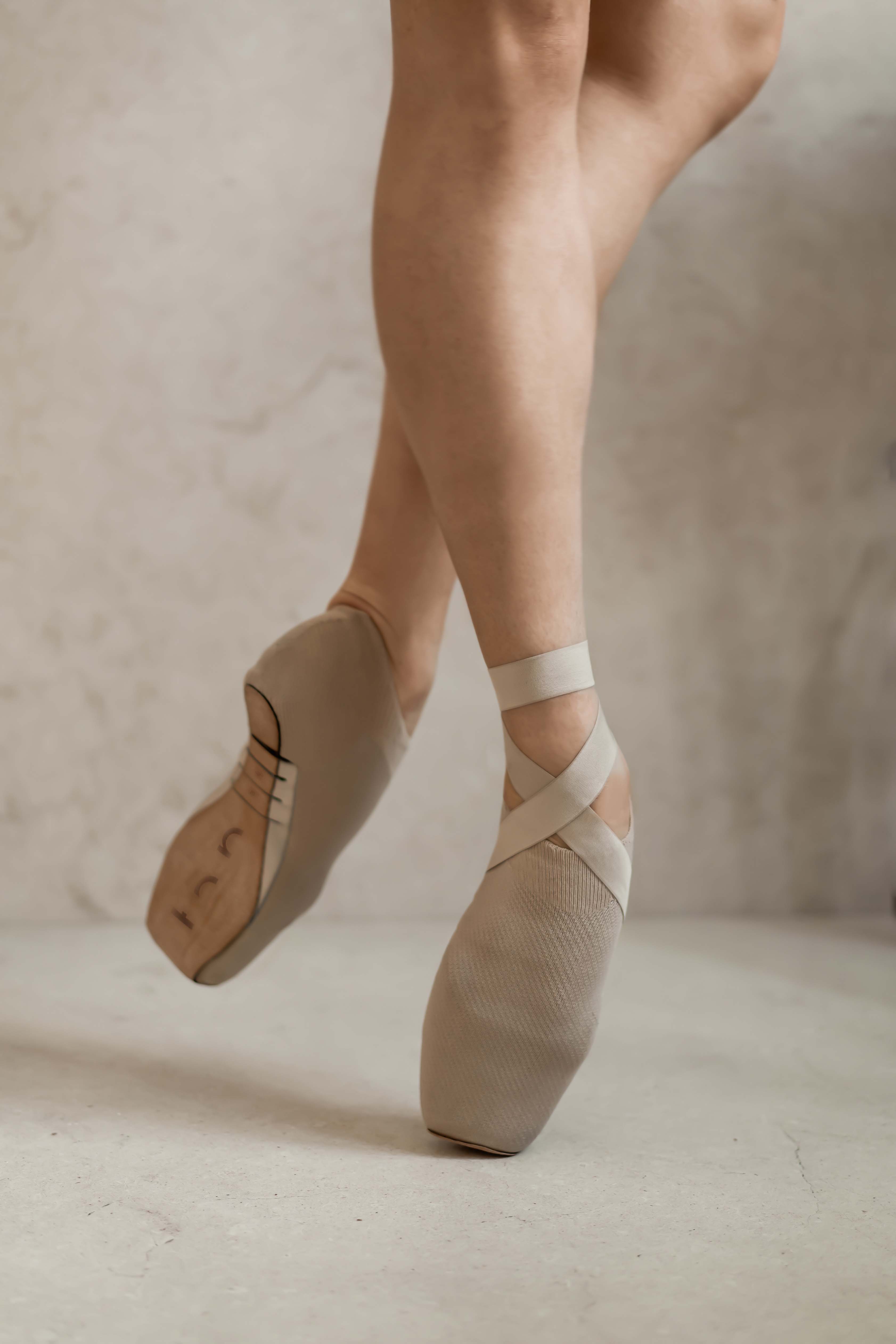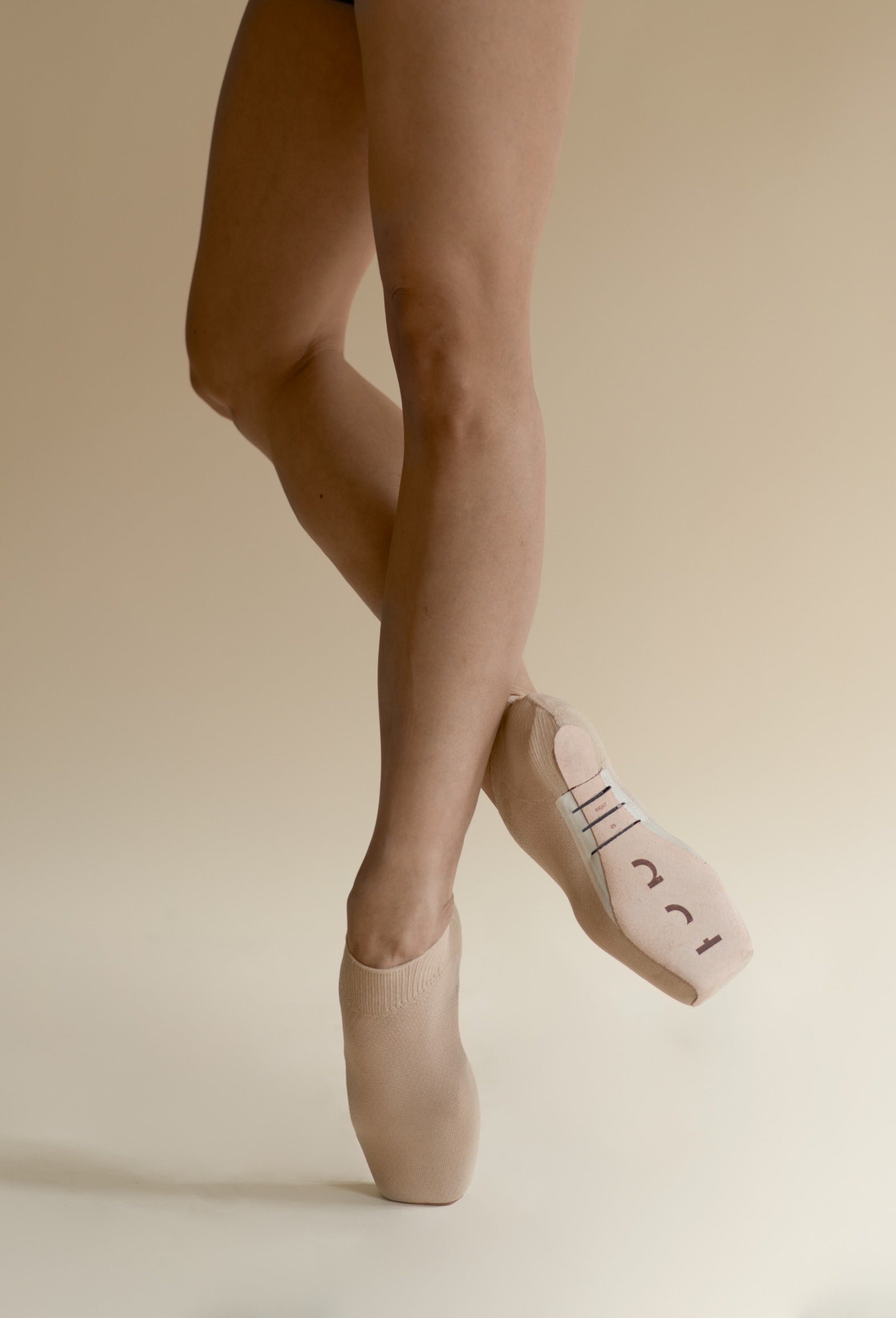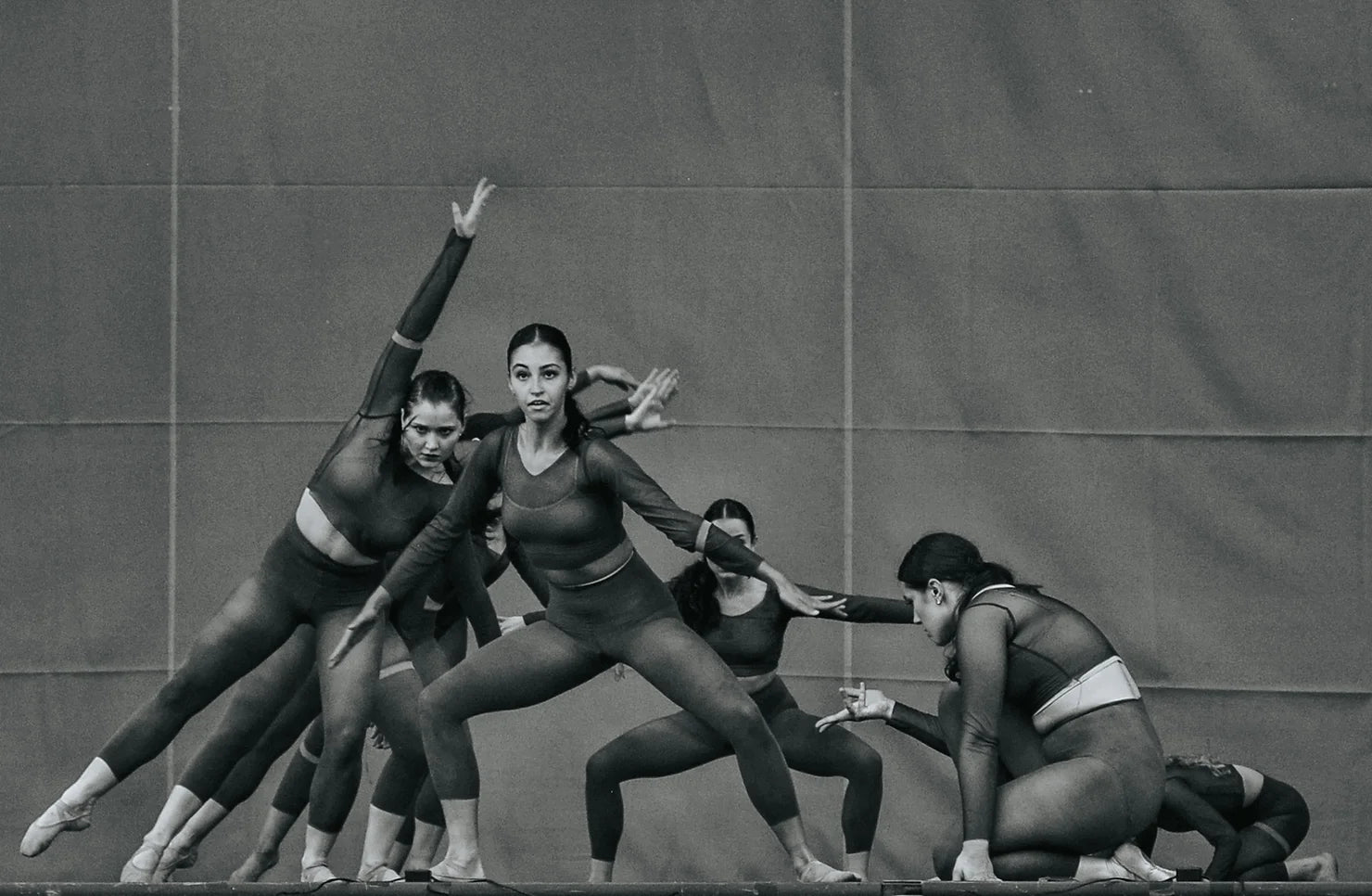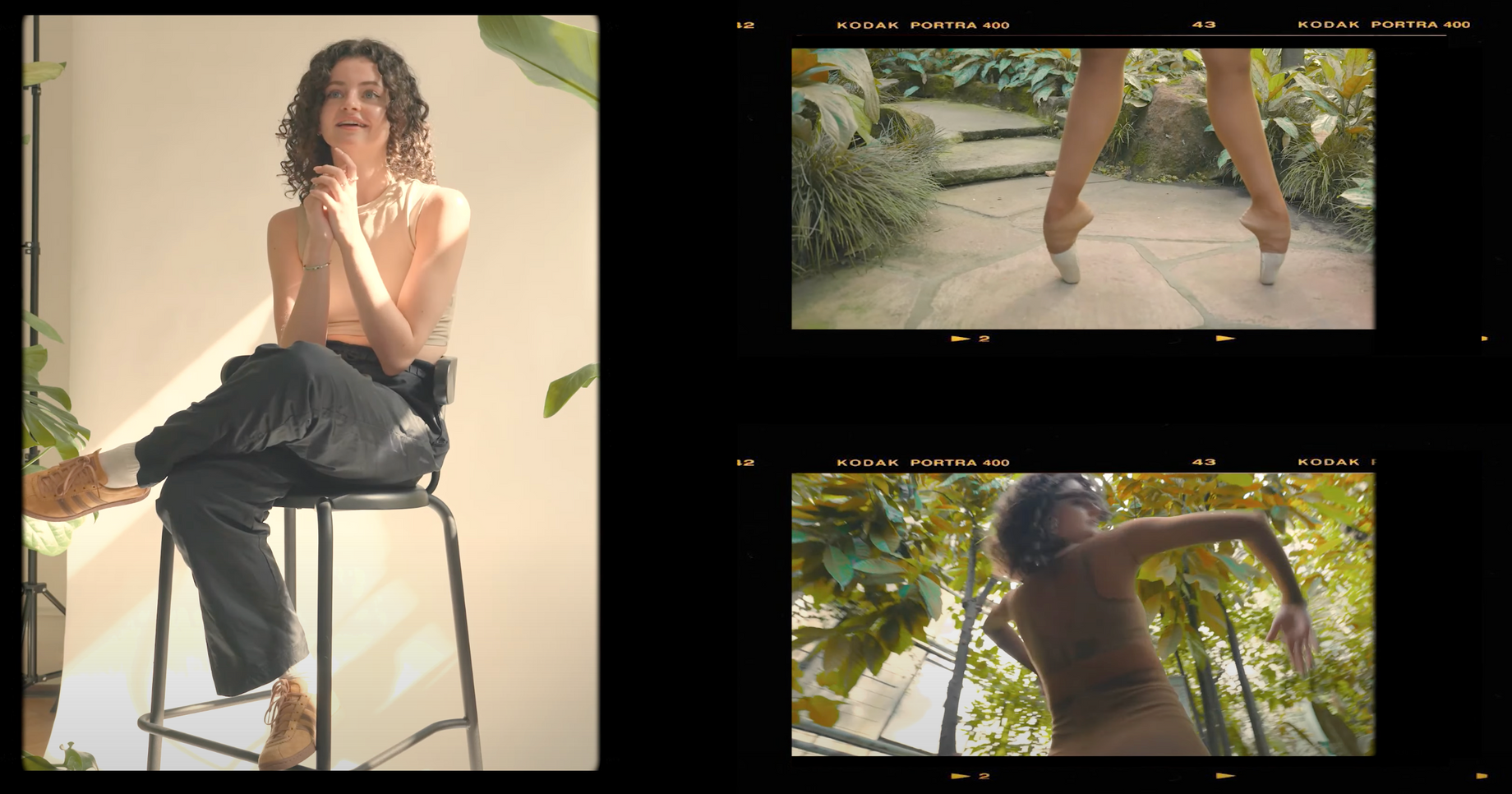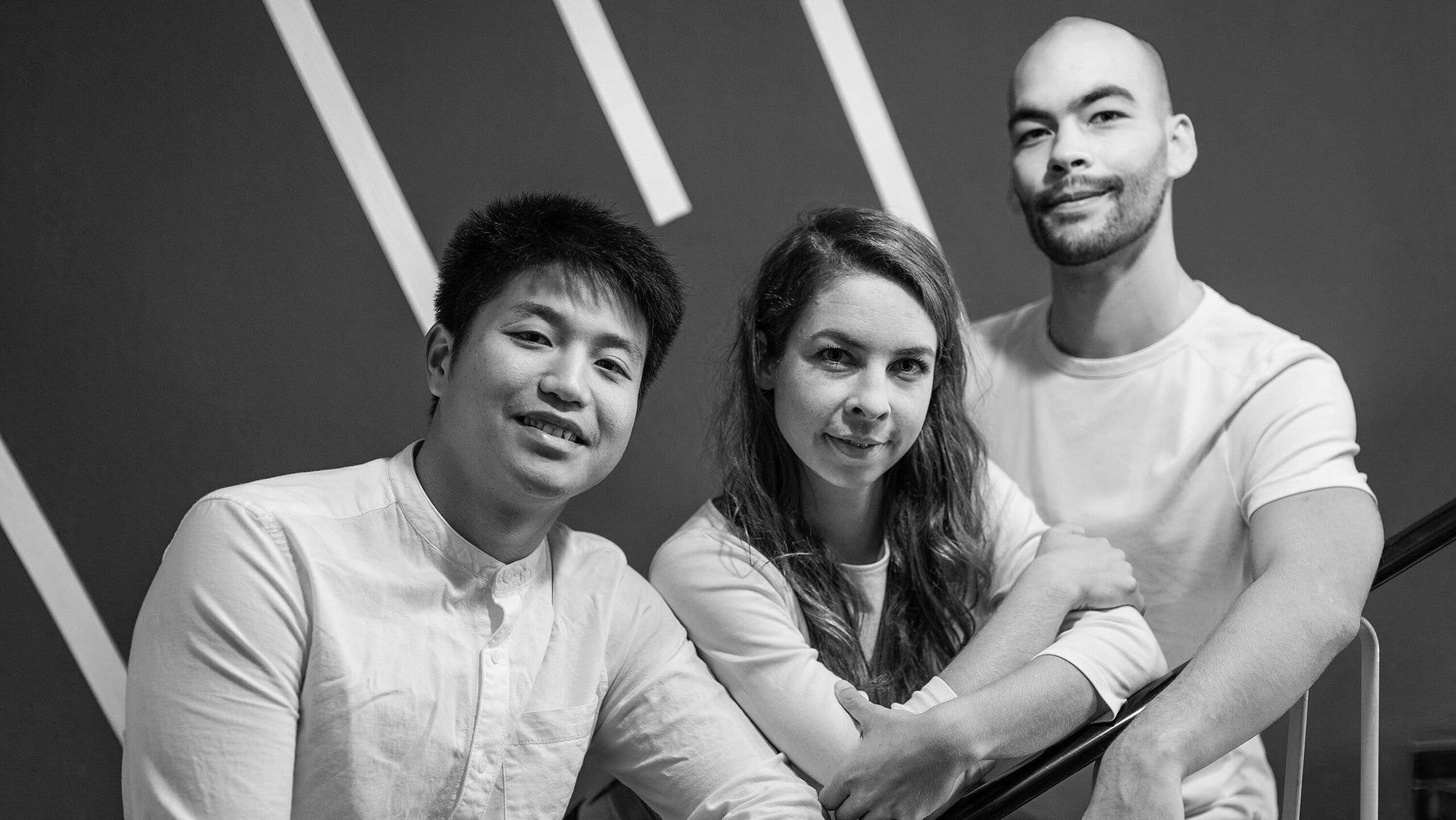Today we are talking to the President & Treasurer of Confluence Ballet Company Allan J. “A.J.” Smith. The company was established in 2021 in Pittsburgh but aims for a presence worldwide. The mission and values of the company are diversity and inclusion are key tenets in how Confluence Ballet Co. operates. The company strives to produce works of the highest caliber in classical, neoclassical, and contemporary genres while creating a positive environment in which artists can grow, collaborate and thrive.
Today we will discuss the mission of companies and brands who want to shift the traditional mindset and make the professional dance industry a healthier environment, as well as use more technology and innovation in a very traditional environment.
Tell us about your background and what brought you to the ballet industry?
A . J.: I grew up a fan and patron of the performing arts, many thanks to my mother, who took my sister and me to as many shows as she could afford. I come from an artistic family, and I gravitated toward photography as my preferred medium of expression as an adult. I work in the tech industry by day, so my artistic pursuits are a wonderful escape. I actually did some photography work with Confluence Ballet, was asked to be on the board, accepted, and here I am! Truly serendipity, and a perfect example of how life can surprise you with amazing opportunities you never saw coming.
What do you think about the ballet industry today in the US and worldwide?
A . J.: I think the ballet industry is at a crossroads. The art form is beautiful and deserves to be honoured and preserved. The industry, which has been traditionally and historically very exclusive, faces becoming irrelevant if it cannot, collectively, expand access to ballet, for dancers and audiences alike. If the industry is to survive, its leadership must embrace the paradigm shift. I do a lot of evidence of this much-needed change, a lot of leaders emerging to drive change in positive directions. I’m an optimist, and I do believe the ballet industry will thrive in places where the art is allowed to reflect and respect society–all of society.
Do you think the professional dancing industry is changing, I'm specifically asking about the mindset, standards and culture?
A . J.: The industry is definitely changing, out of existential necessity. I think the precipitous change will occur, is occurring, at the edges. I suspect there is considerable inertia within the core of the professional ballet industry. Some large companies are demonstrating bold leadership, and are emerging as change leaders. The truth of what must occur makes a lot of people very uncomfortable. We must decenter white males, who have long been the nucleus of power in this art and industry. We must rigorously challenge our own assumptions about who gets to dance, who gets to create dance, whose stories are being told, who sets the standards, and what are these standards based upon? Who are the gatekeepers of ballet? I think a lot of resistance to change among established, big-budget companies, is fear of alienating their long-trusted funding sources by being too bold, too fast, with implementing change. The visionary companies on the edges, who have access to, or who are unafraid to access alternate, progressive funding sources, are poised to lead the culture change in ballet. They can operate much more fearlessly.
What is Confluence Ballet Co. doing to change this mindset?
A . J.: The only reason we exist is to help change ballet. The world doesn’t need another professional ballet company. The world needs ballet companies and arts organisations to drive the arts to embrace and reflect social justice, to not only live it but to be a model for others, and a catalyst for change. At Confluence, we are sobered by this undertaking, because we put ourselves in the spotlight. I think what’s working so far is we’re honest about what we’re trying to do, candid about our shortcomings, and passionate about our mission, vision, and values. Every dancer at Confluence is on the team because she believes in what we are doing for ballet. In addition to rejecting traditional and harmful ideas about what ballet dancers are supposed to look like, we also place a high priority on ensuring our dancers are safe, emotionally and physically. We do this by making sure they are key stakeholders, and have the loudest voice, in how we operate. They create and maintain their own culture. It’s their company. We have an amazingly talented team–brilliant dancers and savvy entrepreneurs. It’s amazing what a team can accomplish when they are set free and made to feel safe, and free to disagree or fail. As a company, we are aggressively pursuing opportunities to get ballet into underserved communities. We are also being a very active member of the very vibrant Pittsburgh arts community, always looking to partner and collaborate with like-minded arts organizations. We are going to foster and enable community healing and bridge building.
Act’ble as a company is also facing some difficulties to break through the traditional attitudes, and stereotypes about what we do. We try to talk more about the health of dancers in the long-term perspective and how tradition can coexist with innovation and provide an exceptionally positive experience for both dancers and the industry as a whole. As you know sustainability is part of our brand. We move forward and find people who care about this too, who share the same values, it's very inspiring! But it is still a minority. How is your company with your values perceived these days?
A . J.: We are still very much a start-up, establishing ourselves as a serious player. We have to pay our dues and earn our right to credibility. We will achieve that by consistently doing what we say, delivering on our commitments, and being excellent stewards of the resources our supporters have entrusted us with. We had a fantastic first season, and we just launched our second season, so I believe the ballet community understands we are sustainable and effective. We are consistent in our messaging, and we are growing our community of followers and patrons, not just locally, but nationally and even globally. Our mission and our message are relevant way beyond Pittsburgh. We definitely want to embrace technological innovation as a means to further our mission, both in terms of artistry and also in terms of keeping our dancers safe and healthy.
How do you see the Future of Ballet?
A . J.: The future of ballet is bright. I think this because there are a lot of people, globally, working to transform how ballet is run, organized, and delivered. Ballet is becoming culturally decentered, more inclusive, more accessible, and more broadly relevant. The artistic core of the art form is safe because it’s interesting, unique, and exciting–to create, to dance, to watch, to experience. The changes occurring in ballet are about its relationship with humanity and adjacent art forms. There are no rules in art. Ballet will evolve and grow and develop in wonderful and unexpected ways in the 21st Century, limited only by the creativity of its practitioners.
You have an engineering background, how is your background helping you in this specific and traditional industry as ballet?
A . J.: Engineering is creative problem-solving. I’m a big fan of the Charles Kettering quote, “a problem well stated is a problem half solved.” I am a root cause thinker. I am fact-based and data-driven. There is no shortage of problems in ballet, and it’s worth investing time in thinking through and exploring deeply the underlying causes rather than jumping to solutions. Perhaps my background has shaped my thinking about how to approach problems. Perhaps my outsider status frees me from preconceived notions about how the ballet industry is supposed to work. Why has ballet been exclusive? Why were the standards established? What are the unnecessary constraints? Why has ballet been emotionally traumatizing for so many dancers? Why is ballet physically harmful to so many dancers? What is the value proposition for performing arts?
Act’pointes is developed with several innovative technologies, such as 3d printing. Many other sports industries are using sports tech innovations to make athletes better and make their performance more efficient without damage to health. When and how do you think the holistic technological revolution would happen in ballet? What can we and the dancers do NOW to change things for the better?
A . J.: Technology will transform ballet in two key ways in the 21st Century. Technology will enable artistic creation beyond anyone’s wildest imagination. I’ll leave that for artistic directors, choreographers, and true creatives to seize upon. Technology will also finally enable dancer safety and health to not be subordinate to aesthetics. Physiologically, ballet is inherently at odds with the human body, particularly in the lower extremities, and specifically the feet. Dancing en pointe is one of the most beautiful expressions in the performing arts, certainly a hallmark of ballet. It’s also arguably of the most–if not the most–destructive activities in the arts and sports worlds. Certainly right up there with violent helmet-to-helmet contact in pro football. Dancers pay a high price to dance en pointe, while they’re doing it, and years and decades later. We now have affordable technology, with modern material science and advanced manufacturing (such as additive manufacturing, or 3D printing), to greatly reduce the load and stress on a dancer’s vulnerable joints. We can effectively distribute a significant share of that load away from a dancer’s toe joints, and onto a well-designed pointe shoe that serves as a close-fitting mechanical exoskeleton. It’s not about using more material to distribute the load, it’s about using a material with precision. Such a pointe shoe would also improve mobility in other movements such as leaps, and simply walking. All this can be done while preserving the aesthetics of pointe. What we can and must do NOW is embrace technology. We need to understand in great detail the problems we must solve, then go find effective and affordable technology. What will ballet dancers be wearing in the year 2100? Visionary technologists of today can start to see and create that path. There is no going backward.
About Us:
We are a new innovative company combining design and research with high-level athletes to create a new 3-d printed pointe shoes for ballet & contemporary. Act'pointes are a modular concept, consisting of act'sole, act'skins and act'laces. Currently we are on a final production development stage: Beta Phase. We are testing the act'pointes prototype with 50 dancers worldwide to launch the sales of act'pointes early 2023.
